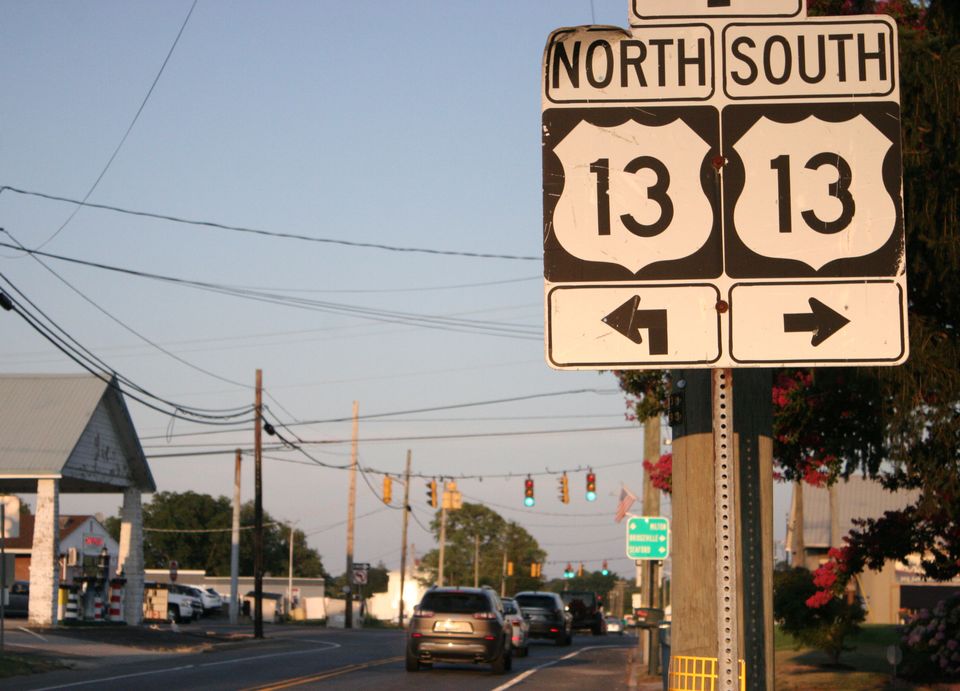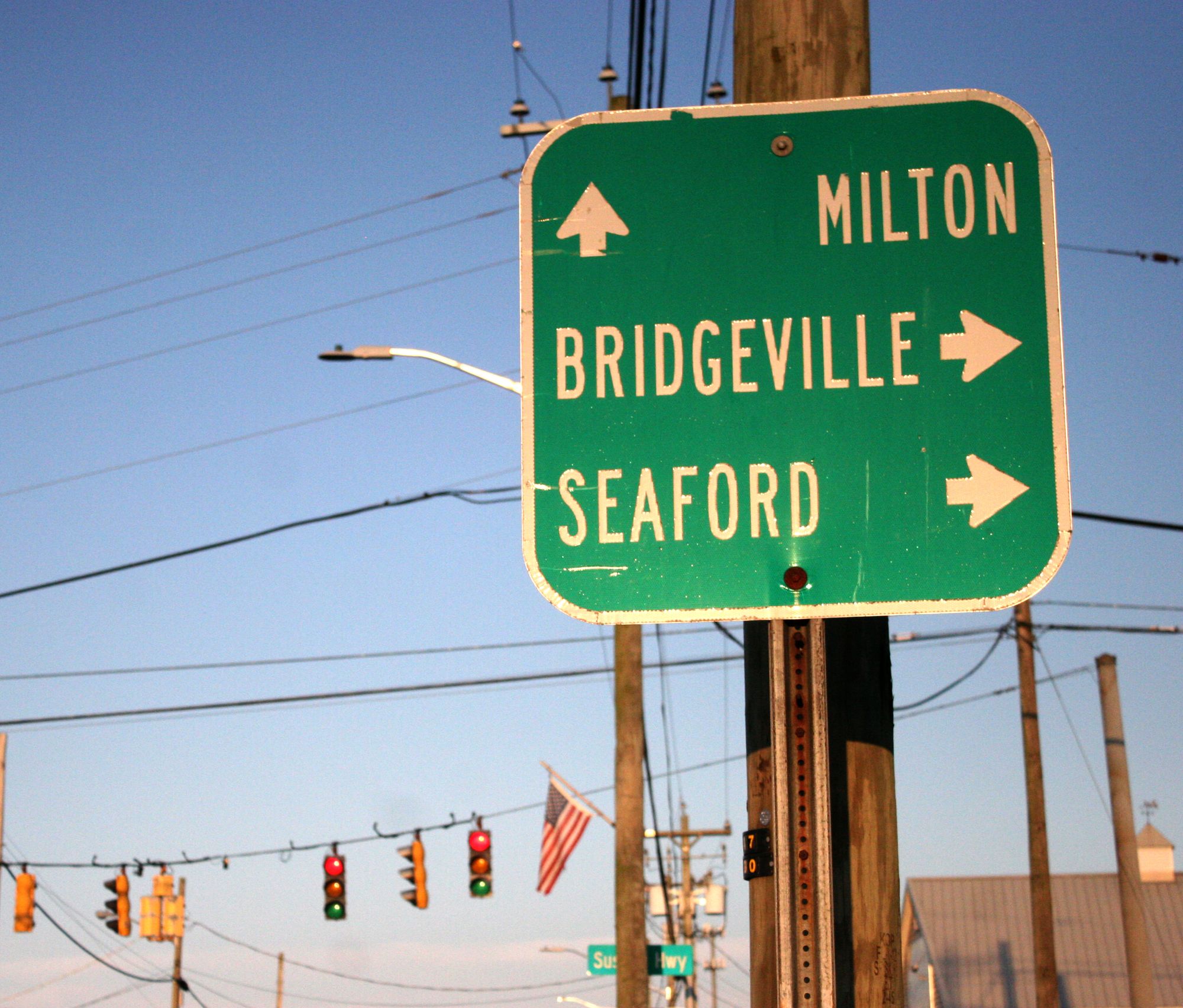A different way to do local news: Why The Delaware Independent?

The story of local newspapers has read like an obituary over the past few decades.
Profits plummet. Print editions get thinner and thinner. Offices cut staff, making delivery and customer service frustrating and unreliable. What’s left, eventually, are “ghost papers” with few or no local staff, filled with generic content or press releases, little left but the name on the masthead. Eventually, mercifully, they shut down, leaving their subscribers with nowhere to turn but national news websites.
Newspaper subscribers all over Delaware can attest that their paper of choice is not what it used to be. If it still exists at all.
How did once powerful newspapers get such a humbling? It’s a complicated story, but one huge factor was the rise of the internet.
Newspapers were slow to adjust, initially seeing websites as ways to promote their print product, and offering their stories for free online. Somehow, it did not seem to sink in that giving away a product for free might be a bad idea. And by the time they realized their mistake, everyone was used to free news and competition for clicks was fierce.
The internet cut into profits in other ways. Craigslist and other sites stole away lucrative classified ads. Businesses could advertise directly using their own websites. Digital ads could be hosted on any one of millions of sites — and so they were cheap, far cheaper than print advertising. Google and Facebook, with their huge scale and with everyone’s attention, raked in ad revenue in a way local papers simply couldn’t compete with.
With the internet, people could bypass their local paper for national and international news, getting it — for free, of course — from CNN and Fox or a TV station’s website. They no longer needed the sports page for national sports news, when they could get it at ESPN or the Athletic.
Local papers got smaller. More people quit subscribing. The papers were forced to get even smaller. More people ditched their subscription. You can see the trend line here.
That doesn’t mean people are no longer interested in local news. But as papers have shrunk, and TV stations have suffered their own revenue challenges, local news has become a casualty.
While some large news sites like the New York Times and the Washington Post appear to have turned a corner, it’s not the same story on the local level.
Giant media companies have bought up local papers, including many here in Delaware, and the results have not been pretty. They claim they are trying to survive and keep newsrooms afloat in a difficult industry, but they have siphoned away money and made devastating cuts to newsroom staff and budgets while paying a handful of executives fat salaries. In a challenging news environment, these companies have gone far beyond trimming the fat and have sliced right down into the bones of local newspapers. Lots of local sites have not survived the operation.

Of course, even small, family run newspapers have been decimated so it’s far too simplistic to just blame greedy megacorporations. But the strategy of siphoning off the last revenue from dying newspapers is certainly not helping. For more on that, read this considerably gutsy editorial from the Denver Post castigating its own owners.
What has all this upheaval cost? Life goes on in local communities, but many stories are not being told. Nobody watches the local government -- which impacts your wallet. According to a 2018 study cited in the Columbia Journalism Review, “following a newspaper closure, local government inefficiencies become more pronounced. County government employee wages (as a percentage of all wages in that county) increase, as does the number of government employees as a percentage of all county employees. (That is, more tax dollars flow to government positions after a newspaper ceases to monitor governmental activities.)”
Decisions that will affect everyone’s lives, made by businesses, state and local government, and other community leaders, are made quietly without public scrutiny.
And something else is lost — a local voice, a place for people to learn about their neighbors and how they can build up their community. A venue to find out the good that is going on, and meet the other people who live and do business in the area.
That has been replaced by addictive and divisive social media, a place where rumors and nastiness flourish.
Southern Delaware, in particular places like western Sussex County, has slowly lost its local news coverage until the only time most communities get featured is when there’s a murder or a horrific car crash. That’s a situation known as a news desert, and it’s sad, because lower Delaware is filled with large vibrant communities, rural and urban, with much more going on than mayhem.
We need a new model.
Our plan
The aim of the Delaware Independent is to restore local news. We want to provide southern Delaware with quality, independent journalism, supported by readers who value it. We don’t need to write clickbait, get millions of views, or to go viral. All we need is to tell the stories of our community in a way that resonates with our readers, and let cable news and Buzzfeed compete for the massive web traffic.
Our coverage area will be southern Delaware, with, at least at first, a particular focus on western Sussex County (also sneaking up into southern Kent County to cover Harrington).
We’re not trying to compete with the New York Times on national news, or ESPN on sports. We’re focusing on local communities here in Delaware without dragging along a print addition and all its outdated expenses, like a printing press, newsprint, delivery drivers and much more.
Instead, we’ll deliver news via an email newsletter. It’s elegant in its simplicity. You sign up and we deliver it regularly to your inbox. No need to wait for it to land in your driveway. You don’t need to follow a Facebook page or bookmark the website (although you can, if you want). We write the news and deliver it directly to you. If you like it, you pay for it. If you don’t, you don’t.

In a hopeful trend for local news, growing numbers of news sites are trying a version of this model. The Mill, for example, is a digital only startup in Manchester, England, that has built an audience of more than 10,000 newsletter subscribers. The Charlotte Ledger in North Carolina has had similar success, and a number of other new sites have sprouted up in recent months.
The Mill, especially, has served as an inspiration for the Delaware Independent, making a clear and passionate case for the new model, and we’re grateful to founder Joshi Herrmann for his advice before our launch.
If you want to support what we’re doing, click here to subscribe. We offer a free version, a monthly subscription at $5, and a yearly subscription at $50.
Let’s fix local news together.
Read more about who we are and how this newsletter will work.
Write for us
Interested in doing freelance journalism for the Independent? We’d love to talk to you. As we get started, we’re limited in how much we can pay, but get in touch and we can discuss terms. Email asharp@delawareindependent.com.
Contact
Email letters@delawareindependent.com to share your thoughts on this project and let us know what kind of stories you’d like to read.
Read more about the state of local journalism:
Local Journalism in crisis: Why America must revive its local newsrooms — Clara Hendrickson, the Brookings Institute
When local papers close, costs rise for local governments — Dermot Murphy, Columbia Journalism Review
A quarter of all U.S. newspapers have died in 15 years, a new study finds — Tom Stites, Poynter
The rise of the ghost newspaper — Penelope Muse Abernathy, Knight Chair in Journalism and Digital Media Economics